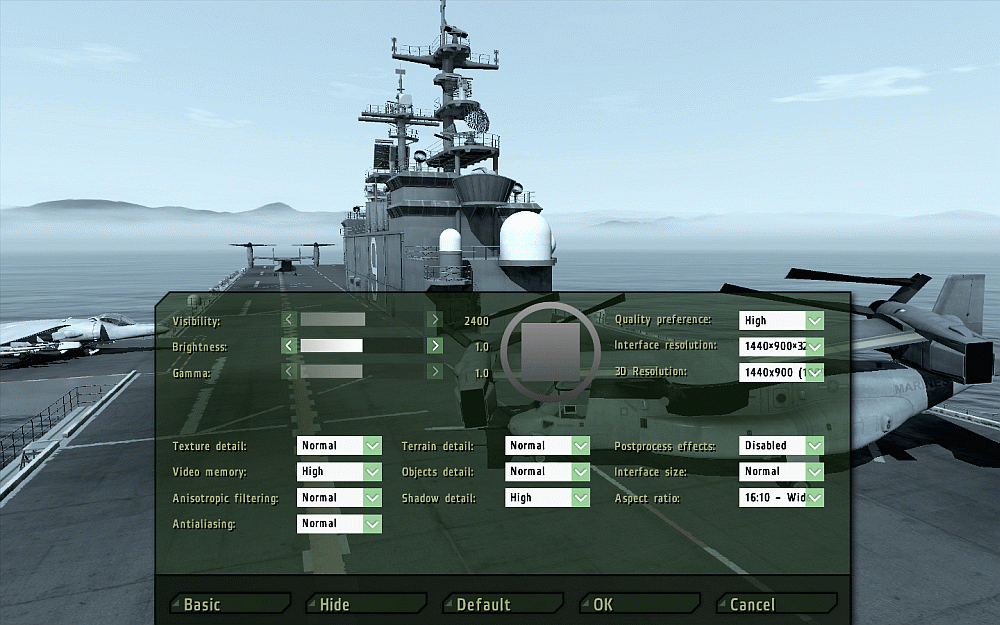Anti-Aliasing is a method of fooling the eye that a jagged edge is really smooth. Anti-Aliasing is often referred in games and on graphics cards. In games especially the chance to smooth edges of the images goes a long way to creating a realistic 3D image on the screen. Remember though that Anti-Aliasing does not actually smooth any edges of images it merely fools the eye. Like a lot of things they are only designed to be good enough. If you can't tell the difference then that's fine. Lets take a look at the example below to demonstrate the effects of Anti-Aliasing.
The letter on the left is a blown up letter a with no anti-aliasing. The letter on the right has had anti-aliasing applied to it. In this blown up form it looks like its simply blurred but if we reduce the size down to a more standard size you may see the difference.
Now look closely at the two letters. You can still tell that the letter of the left is jagged but the letter on the right looks a lot smoother and less blurry than the example above. Remember I have only shrunk the image down back to normal size and have not altered anything else to the image at all. So as you can see, Anti-Aliasing brings a much more pleasing image to the eye. Something like what comes out of a high class printer rather than what you can be used to seeing when on a computer screen.
In 3D computer graphics,
anisotropic filtering (abbreviated
AF) is a method of enhancing the image quality of textures on surfaces that are at oblique viewing angles with respect to the camera where the projection of the texture (not the polygon or other primitive on which it is rendered) appears to be non-orthogonal (thus the origin of the word: "an" for
not, "iso" for
same, and "tropic" from tropism, relating to direction; anisotropic filtering does not filter the same in every direction). Like bilinear and trilinear filtering it eliminates aliasing effects, but improves on these other techniques by reducing blur and preserving detail at extreme viewing angles. Anisotropic filtering is relatively intensive (primarily memory bandwidth and to some degree computationally, though the standard space-time tradeoff rules apply) and only became a standard feature of consumer-level graphics cards in the late 1990s. Anisotropic filtering is now common in modern graphics hardware and is enabled either by users through driver settings or by graphics applications and video games through programming interfaces.
http://en.wikipedia.org/wiki/Anisotropic_filtering
Video memory is a term generally used in computers to describe some form of writable memory, usually RAM, dedicated to the purpose of holding the information necessary for a graphics card to drive a display device. In modern 3D graphics cards, the video memory may also hold 3D vector data, textures, backbuffers, overlays and GPU programs, and sometimes takes the form of a Shared Memory Architecture (SMA).












































